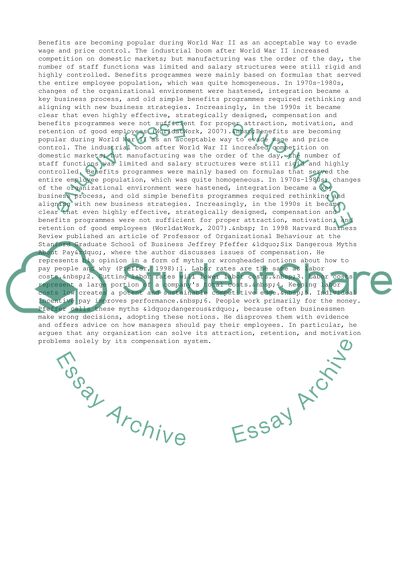Cite this document
(The Value of Different Paradigms Dissertation Example | Topics and Well Written Essays - 3000 words, n.d.)
The Value of Different Paradigms Dissertation Example | Topics and Well Written Essays - 3000 words. Retrieved from https://studentshare.org/management/1735105-total-reward
The Value of Different Paradigms Dissertation Example | Topics and Well Written Essays - 3000 words. Retrieved from https://studentshare.org/management/1735105-total-reward
(The Value of Different Paradigms Dissertation Example | Topics and Well Written Essays - 3000 Words)
The Value of Different Paradigms Dissertation Example | Topics and Well Written Essays - 3000 Words. https://studentshare.org/management/1735105-total-reward.
The Value of Different Paradigms Dissertation Example | Topics and Well Written Essays - 3000 Words. https://studentshare.org/management/1735105-total-reward.
“The Value of Different Paradigms Dissertation Example | Topics and Well Written Essays - 3000 Words”, n.d. https://studentshare.org/management/1735105-total-reward.


